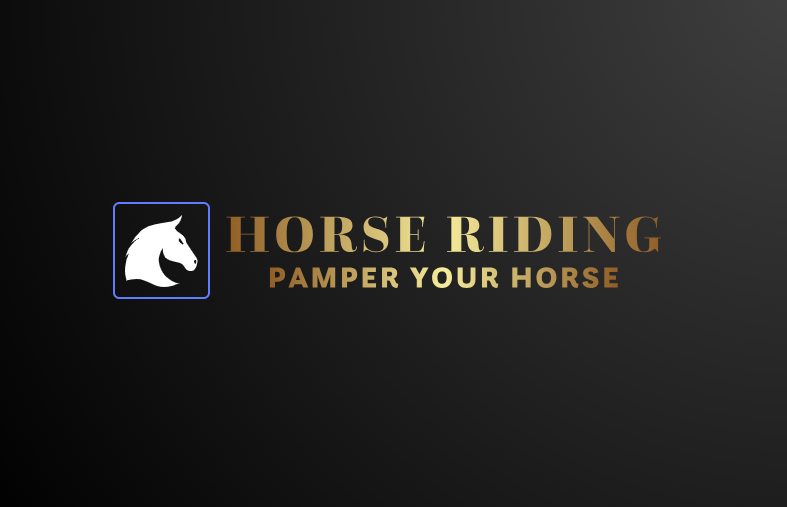
Exploring the Benefits of Barefoot Horse Care
- Barefoot horse care focuses on the natural health of a horse's hooves.
- Benefits can include improved hoof condition, better circulation, and enhanced overall health.
- The transition to barefoot can require time and patience, but it is often worth the effort.
- Understanding the horse's natural movement is essential for successful barefoot management.
In recent years, barefoot horse care has garnered significant attention in the equestrian community. With many horse owners opting for this natural approach, it’s essential to understand the health benefits and how to transition effectively. This article investigates the increasing popularity of barefoot horse practices, why they are adopted, and tips on making the switch.
What is barefoot horse care?
Barefoot horse care emphasizes maintaining a horse's hooves without the use of traditional metal shoes. This practice aligns with the horse's natural physiology and allows for improved hoof health and function.
Key principles of barefoot care
- Understanding hoof anatomy and function.
- Encouraging natural movement and environment.
- Regular trimming to maintain hoof shape and function.
- Holistic approaches, including diet and overall horse health.
Benefits of barefoot horse care
| Benefit | Description |
|---|---|
| Improved hoof health | No shoes allow for better circulation and healthier hoof structure. |
| Better natural movement | Allows horses to move as nature intended, benefiting their overall biomechanics. |
| Reduced dependence on shoes | Lower costs over time due to less frequent trimming and shoe replacement. |
| Enhanced sensory feedback | Barefoot horses can better sense surfaces, which may help prevent injuries. |
| Environmentally friendly | Avoiding metal shoes reduces the environmental footprint often associated with traditional farrier services. |
Transitioning to barefoot horse care
Making the switch from shod to barefoot requires careful attention and preparation. Here are the recommended steps:
Beginners Section
- Consult with a professional: Before transitioning, speak to a farrier experienced in barefoot care.
- Assess hoof health: Ensure your horse's hooves are in good condition before removing shoes.
- Gradual transition: In some cases, gradually reducing the time shoes are worn can help ease the process.
- Monitor your horse’s movement: Watch for any signs of discomfort as they adjust to barefoot conditions.
- Adjust the horse's environment: Provide softer footing and a balanced diet to enhance hoof health during the transition.
Challenges of barefoot horse care
While the benefits are substantial, transitioning to barefoot horse care can come with challenges:
Pros
- Increased hoof health over time.
- Enhanced performance and agility.
- Lower long-term care costs.
- Stronger bond with your horse through understanding their needs.
Cons
- Time and patience required for a smooth transition.
- Potential discomfort during initial adjustment periods.
- Need for a supportive management system and environment.
Conclusion
As horseback riding and horse care evolve, many riders are looking into the benefits of a more natural approach, like barefoot horse care. Although transitioning to barefoot may present some challenges, the rewards can be substantial for both horse and rider. For additional insights on managing horse care, check out our article on Rider tips and advice or learn more about Horse care products that can facilitate this natural approach.
Stay informed about the latest trends by exploring our News and trends section, where we delve deeper into emerging practices in the equestrian community.
By understanding the principles of barefoot care and actively promoting hoof health, you and your horse can thrive in this evolving landscape of horse care.
